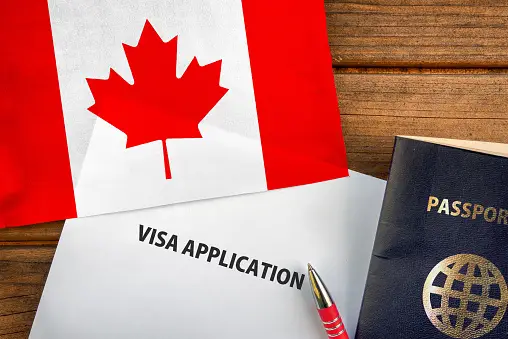Canada is making significant changes to its Post-Graduation Work Permit (PGWP) process, particularly aiming to eliminate the practice known as flagpoling. This term refers to foreign nationals who leave Canada briefly and re-enter the same day to obtain immigration services immediately, thereby bypassing longer processing times.
Curbing Flagpoling to Protect Resources
As of now, international graduates will no longer be able to apply for PGWPs at the border. Immigration Minister Marc Miller emphasizes that while Canada values the contributions of international graduates, flagpoling is an unnecessary practice. He highlights that processing these applications diverts border officers’ attention from their primary responsibilities, impacting both Canadian and American border security and efficiency.
From March 2023 to February 2024, PGWP applicants made up about one-fifth of all flagpolers, according to Immigration, Refugees and Citizenship Canada (IRCC). Public Safety Minister Dominic LeBlanc adds that this change will help alleviate the burden on border services officers, enhancing the integrity of Canada’s immigration system.
Alternatives for Graduating Students
International students typically have 90 days after completing their studies to apply for a PGWP. By applying online before their study permits expire, they can work full-time while awaiting approval, receiving an automated letter to show prospective employers. Once approved, the work permit is mailed directly to them.
This policy shift follows a recent move to limit flagpoling at 12 key border crossings, including Fort Erie in Ontario, Armstrong in Quebec, and several others in the Pacific Region. The Canada Border Services Agency (CBSA) states that these measures aim to increase efficiency during peak travel times and allow officers to focus on other priorities, such as trade facilitation and handling high-risk travelers.
Impact on Cross-Border Relations
The United States has expressed concerns over flagpoling, citing increased traffic and wait times at the border. U.S. Senate Majority Leader Chuck Schumer pointed out the negative impact on the Niagara Falls and western New York economies. Canada’s decision to end PGWP applications at the border addresses these concerns while maintaining a collaborative approach with the U.S. on border management.
Future of PGWP and Labor Market Needs
Canada is consulting with provinces to refine the PGWP program further. Questions under consideration include whether to apply new eligibility criteria immediately or grandfather existing international students. Other considerations involve determining if language skills or specific job offers should be required for PGWP eligibility, particularly in occupations facing labor shortages.
Despite the changes, Canadian immigration officials assure that international students will still have pathways to work permits after graduation. Graduates can apply for regular work permits, such as those supported by an employer’s approved Labour Market Impact Assessment (LMIA), especially in sectors with labor shortages.
Balancing Immigration and Economic Goals
The number of international students in Canada surged by over 70% from 2022 to 2023, leading to increased pressure on housing and other sectors. In response, Canada has capped study permit applications at 606,250 for the current year, aiming to reduce the number of new international students by 40%. This cap is expected to limit approvals to about 292,000 applications, balancing the need for skilled labor with economic and social stability.
As Canada navigates these changes, Bluethroat Immigration remains a valuable resource for international graduates and other newcomers, offering expert guidance through the evolving landscape of Canadian immigration policies.







